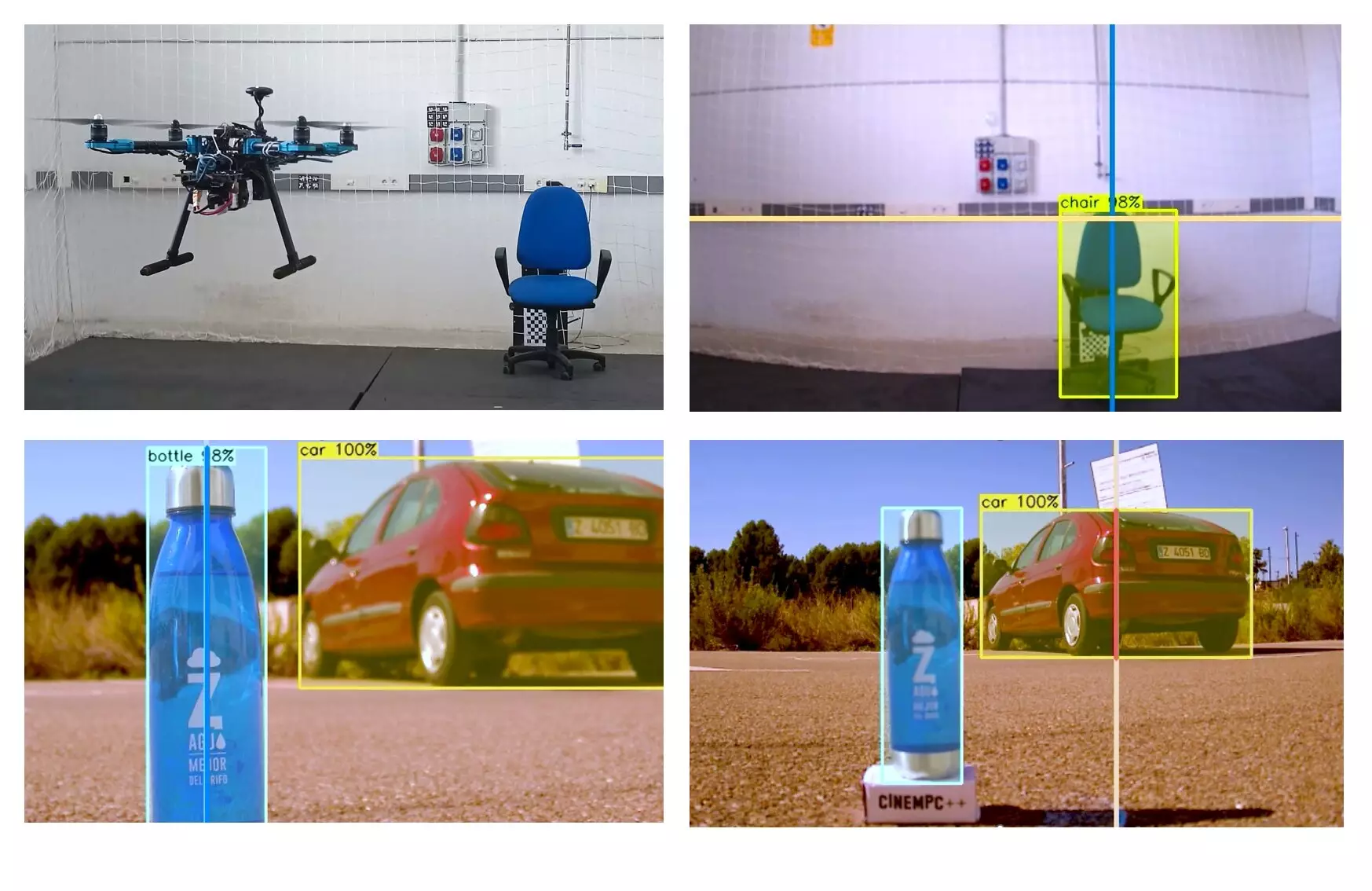In recent years, the field of cinematography has undergone a significant transformation due to remarkable technological advancements. The emergence of more sophisticated drones and cameras has revolutionized the way film directors can capture scenes. With the ability to shoot from various angles and in high resolution, filmmakers now have a plethora of new possibilities at their disposal. Researchers from the University of Zaragoza and Stanford University have introduced a groundbreaking system known as CineMPC, which utilizes an autonomous drone to film multiple targets according to a director’s instructions. This cutting-edge technology, outlined in IEEE Transactions on Robotics, has the potential to bring a wave of innovation not only to the film industry but also to other sectors that can benefit from high-quality video footage.
The team behind CineMPC, led by Pablo Pueyo Ramon, has been at the forefront of developing innovative technologies in the field of cinematography. CineMPC, introduced in 2021, is a software system that can be installed on any drone equipped with a controllable professional camera. In their recent study, the researchers expanded the software’s functionalities and conducted real-world tests to assess its performance. In an interview with Tech Xplore, Ramon explained that CineMPC fills a crucial gap in existing autonomous drone cinematography solutions by providing automatic control over camera intrinsic parameters, such as focal length, aperture, and focus distance. These parameters play a vital role in achieving specific artistic and technical goals in cinematography, such as controlling the depth of field or creating iconic shots like the dolly-zoom or vertigo effect.
One of the key features of CineMPC is its ability to autonomously determine the appropriate camera intrinsics needed to achieve user-defined cinematographic instructions. This groundbreaking characteristic gives filmmakers unparalleled creative freedom and allows them to achieve their artistic vision more effectively. By incorporating a perception module capable of identifying relevant information from the scene, such as actors and actresses, CineMPC becomes a fully autonomous control solution. The improved version of CineMPC has been tested on a real drone, demonstrating remarkable results in estimating the relative poses of filmed targets. This advancement empowers users to have greater control over the footage captured by the drone, enabling the addition of unique effects and the ability to track specific people or objects.
The implications of CineMPC extend beyond the realm of cinematography. Filmmakers, cinematographers, and developers can already access the updated version of CineMPC online, opening up new possibilities for the use of drones in shooting movies, short films, and documentaries. Furthermore, this technology holds promise for numerous other applications. Environmental scientists and researchers can benefit from CineMPC by using drones equipped with cameras to closely monitor wildlife and natural environments without disrupting them. By controlling the zoom of the drone’s camera, researchers can gather valuable data while minimizing disturbance. Additionally, CineMPC can revolutionize precision agriculture by enabling both the monitoring of large fields from a distance and the close inspection of specific plants.
A Vision for the Future
Looking ahead, the team behind CineMPC is committed to further advancing the technology. They are actively working on the development of advanced artificial intelligence techniques to simplify interaction with the system, with the aim of democratizing the use of autonomous drones. Instead of relying on complex and handcrafted input instructions, they envision creating user-friendly interfaces and intuitive controls. This approach will make autonomous drones more accessible to a wider range of users and sectors.
The emergence of autonomous drones equipped with high-quality cameras has ushered in a new era for cinematography. With the introduction of CineMPC, filmmakers have access to a groundbreaking system that offers unprecedented creative freedom along with enhanced safety and autonomy. The recent advancements made by researchers at the University of Zaragoza and Stanford University have paved the way for the democratization of autonomous drone technology. As CineMPC continues to evolve, it has the potential to revolutionize not only the film industry but also various other sectors, unlocking a world of possibilities for capturing high-quality video footage in a way that was previously unimaginable.


Leave a Reply